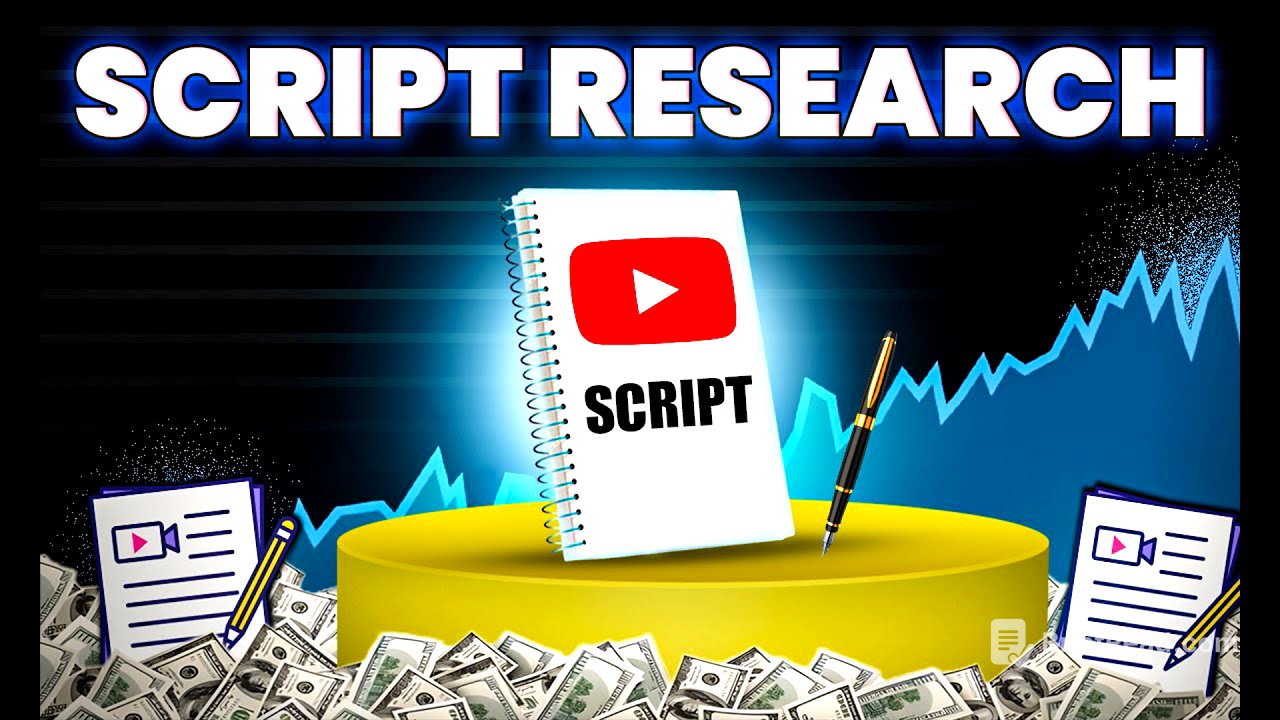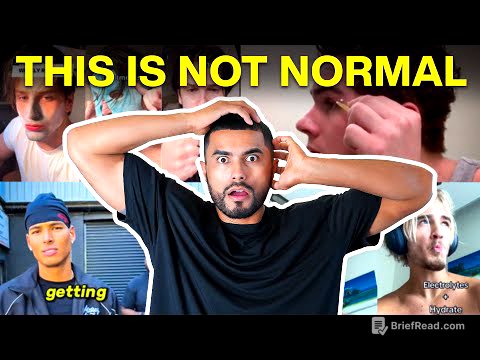TLDR;
This video serves as a comprehensive guide to script research and storytelling for YouTube, particularly for channels in educational, tutorial, or documentary niches. It outlines different script styles, emphasises the importance of thorough research using competitor analysis, ChatGPT-4, and VidIQ, and details how to transform research data into engaging stories. The video also covers script length, time allocation for writing, and structuring the script with compelling introductions and clear explanations.
- Explains four script styles, focusing on educational/explainer and documentary styles.
- Stresses the importance of script writing for content control and quality.
- Provides methods for topic research using competitor analysis, ChatGPT-4, and VidIQ.
- Details a step-by-step approach to script research, including question formulation and data collection.
- Offers guidance on structuring scripts with engaging introductions and detailed explanations.
Introduction: Script Research and Storytelling Masterclass [0:00]
The video addresses the common problem faced by beginner YouTubers: understanding how to conduct effective script research and incorporate storytelling. It promises practical advice, moving beyond generic tips like "write a good intro" to provide actionable strategies for researching topics, gathering data, structuring content, and crafting compelling narratives. The video is divided into two parts, covering script styles, research methods, script writing techniques, and optimal script length.
Part 1: Script Styles and Research Techniques [1:31]
The first part of the video begins by outlining the four main types of YouTube scripts: voice narration, tutorial/how-to, educational/explainer, and documentary. It suggests that educational/explainer and documentary styles are most useful. Educational scripts suit tutorials and how-to content, while documentary scripts are ideal for in-depth explorations of topics like news and politics. The video recommends adopting a documentary-style approach to research, even if the final video isn't a documentary, to deeply explore topics and create high-quality content. It also stresses the importance of script writing for maintaining control over content, avoiding repetition, and improving overall content quality, especially for tutorial, documentary, and educational channels.
Topic Research: Finding Trending and Engaging Topics [4:00]
The video identifies three methods for discovering trending and engaging video topics. The first is competitor analysis, which involves monitoring 15-20 channels in your niche to identify videos with consistently high views. The second method involves using ChatGPT-4 to generate topic ideas based on your channel's focus. The video provides a sample prompt for ChatGPT-4, available in the description. The third method involves using VidIQ, which suggests daily topics tailored to your channel.
Script Research: Gathering Data and Information [6:50]
The video details a step-by-step approach to researching a chosen topic. First, generate a list of questions related to the topic. Then, use these questions as search queries on Google and ChatGPT to gather data. If more information is needed, consult YouTube videos to understand how others present the topic. This process helps accumulate a substantial amount of data for the script.
Part 2: Script Length, Writing, and Structuring [8:30]
The video advises allocating two to three hours to transform research data into a compelling story. It emphasises that audience retention depends on the storytelling style, not just the data itself. The video then discusses how to write the script, starting with the introduction. It suggests creating suspense and posing questions to engage the audience. For example, when discussing Gulshan Kumar's death, the introduction should highlight the mystery surrounding his murder and the impact it had. After the introduction, the script should systematically answer the questions raised, providing detailed explanations and maintaining a deep coverage of the topic.
Conclusion: Crafting a Killer Script [10:57]
The video concludes by reiterating the effectiveness of the outlined script research and writing techniques. It encourages viewers to focus on writing their own scripts and applying the methods discussed. The video promotes another video about AI tools for YouTube, and ends with a call to action for viewers to implement the strategies discussed to create clear and engaging scripts.








